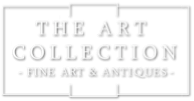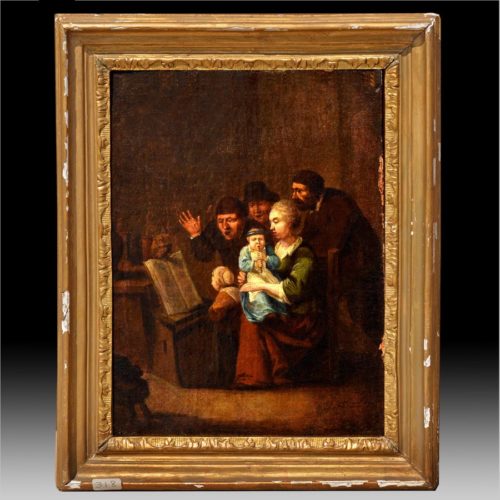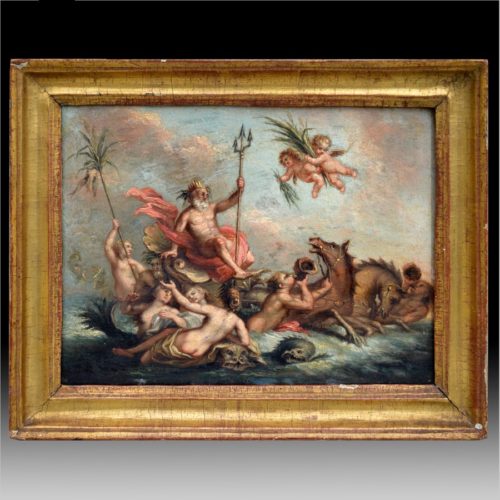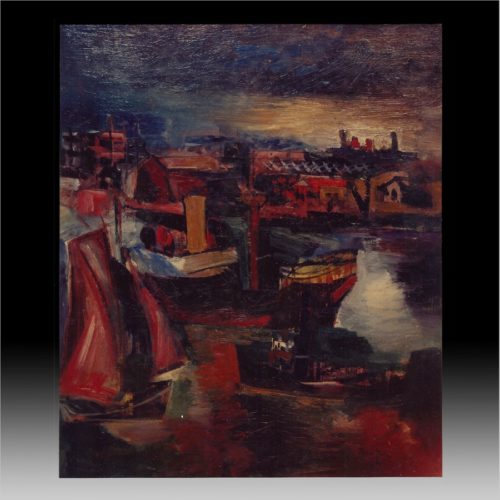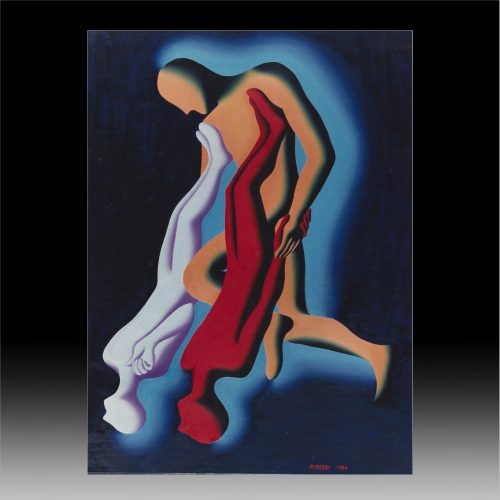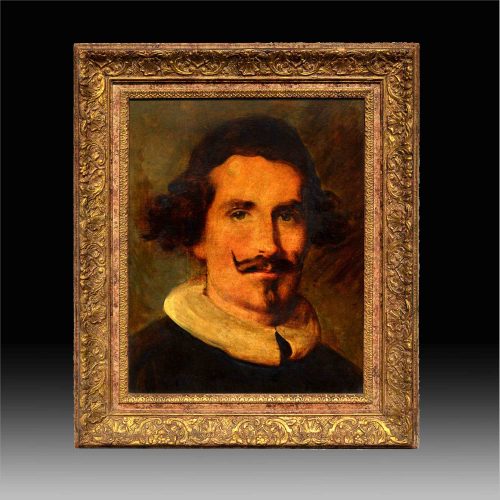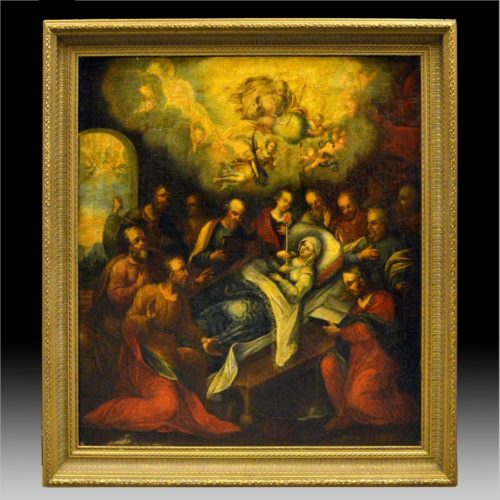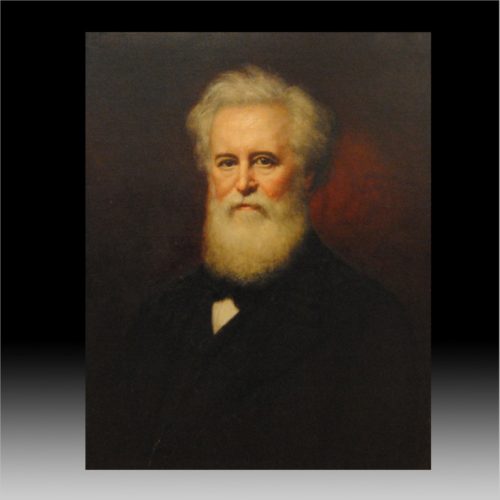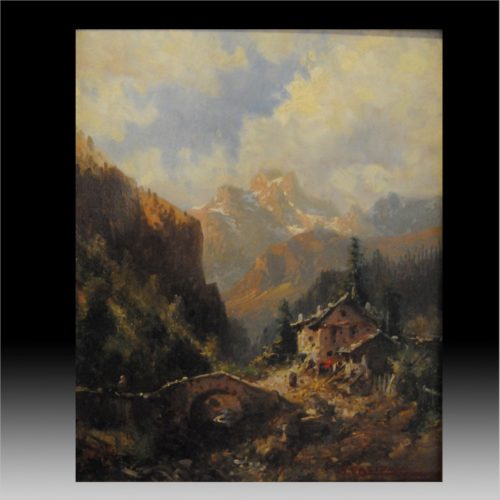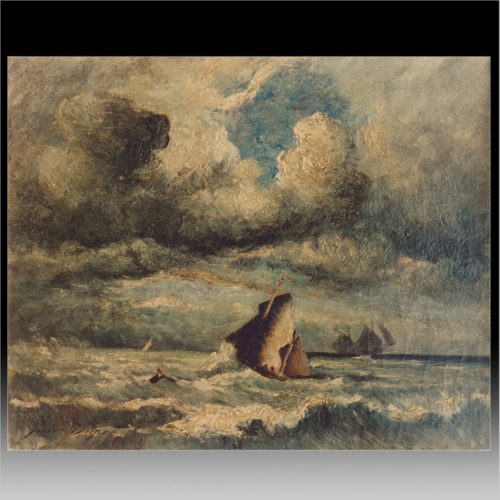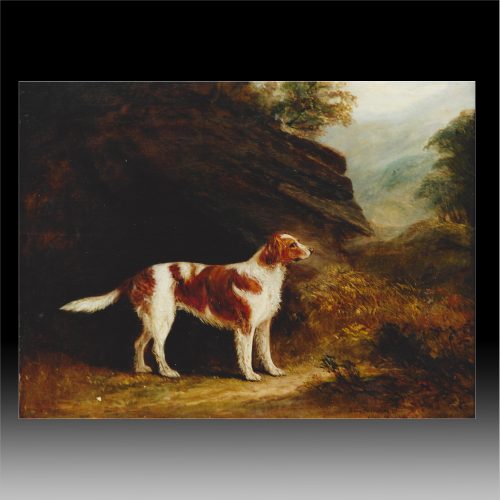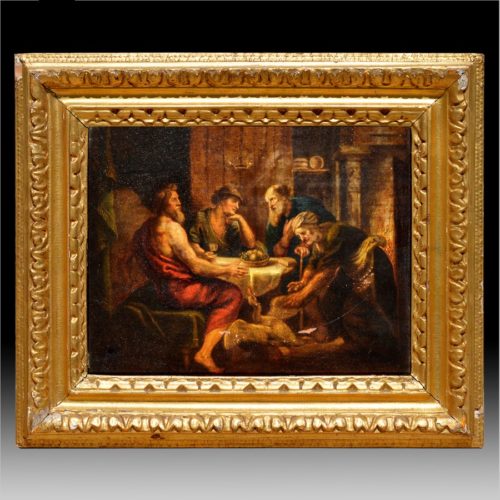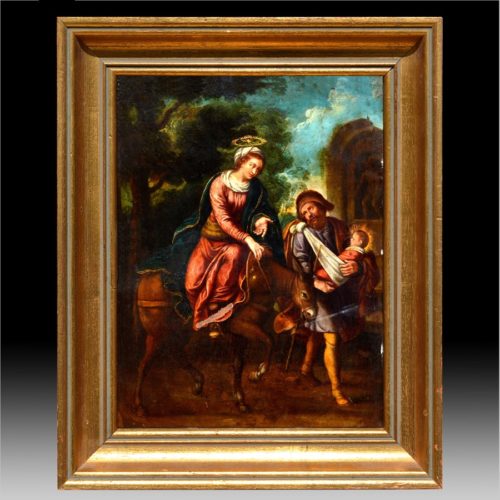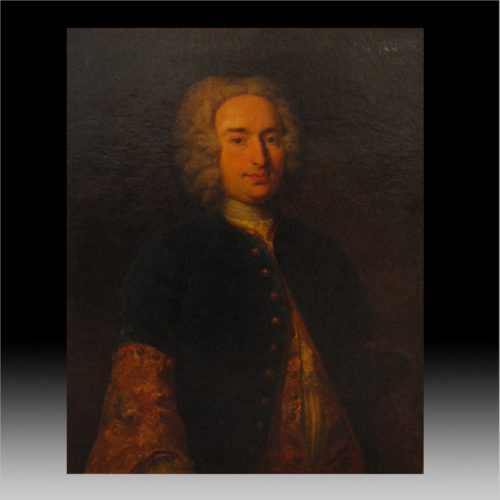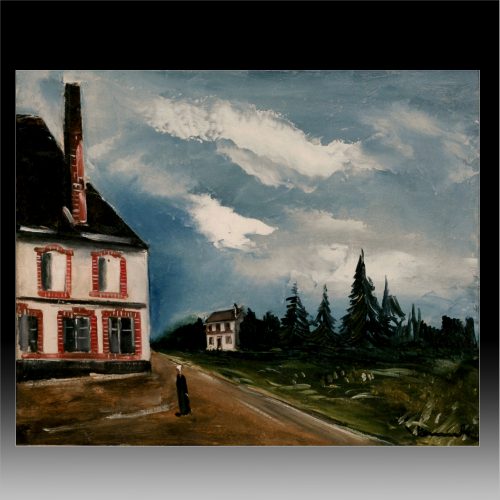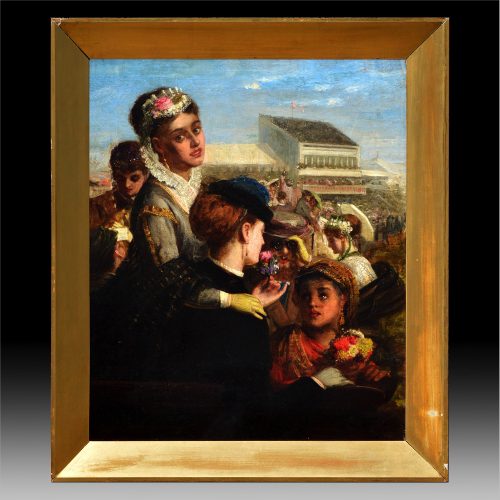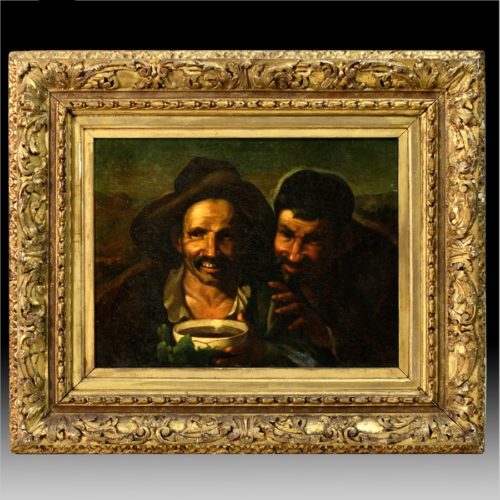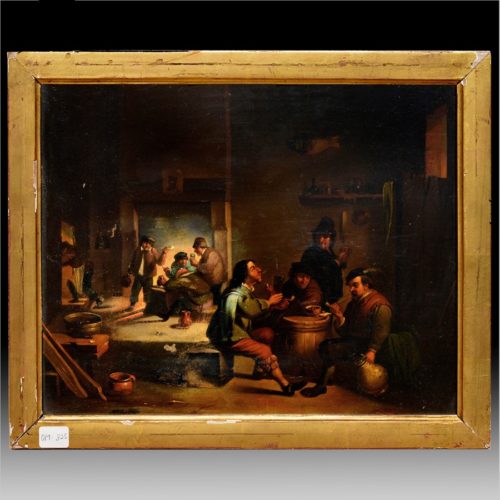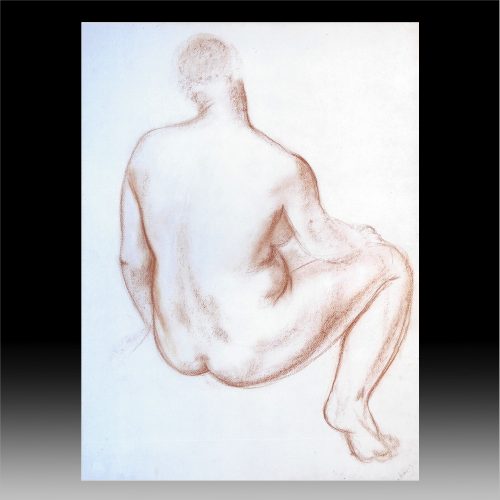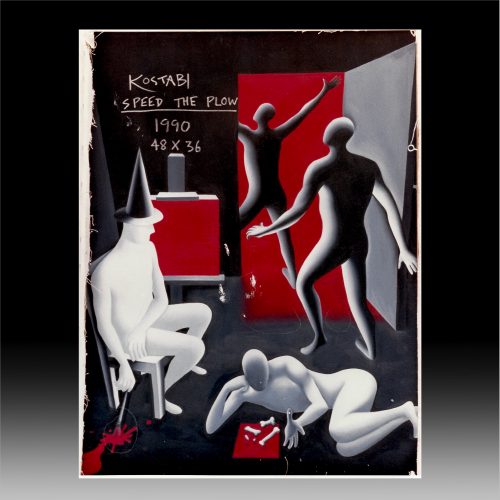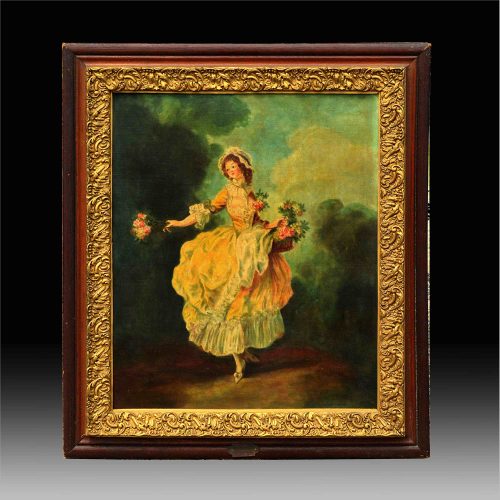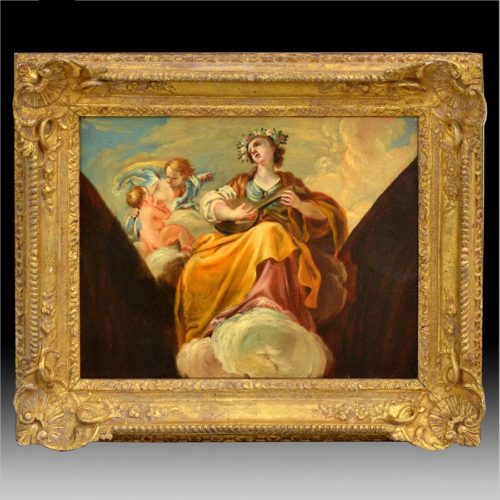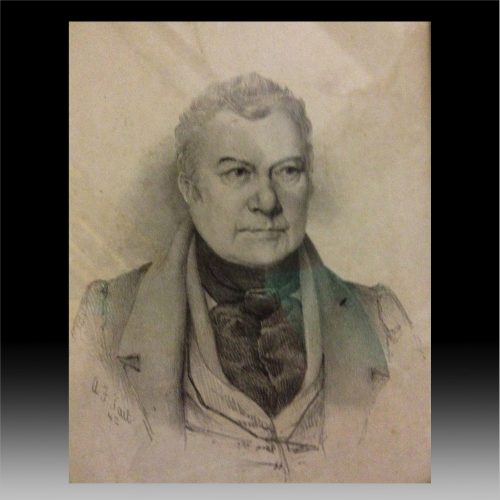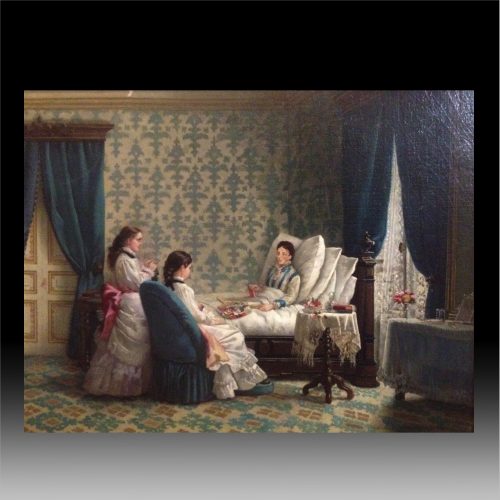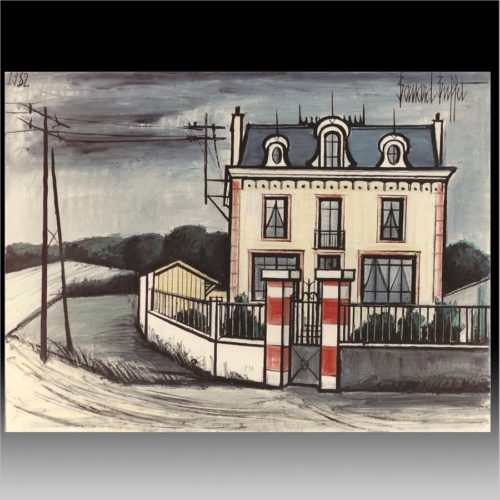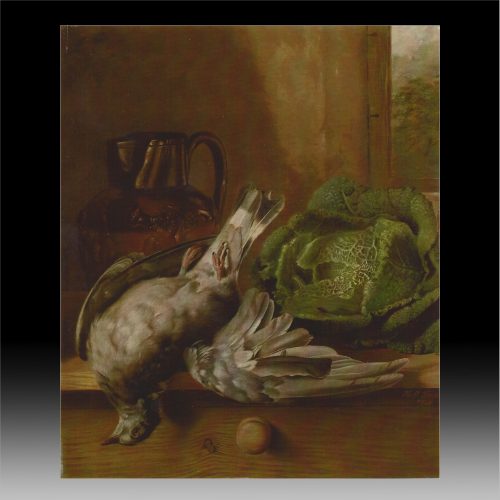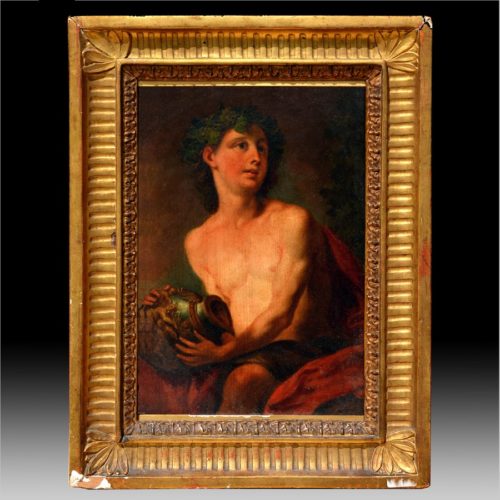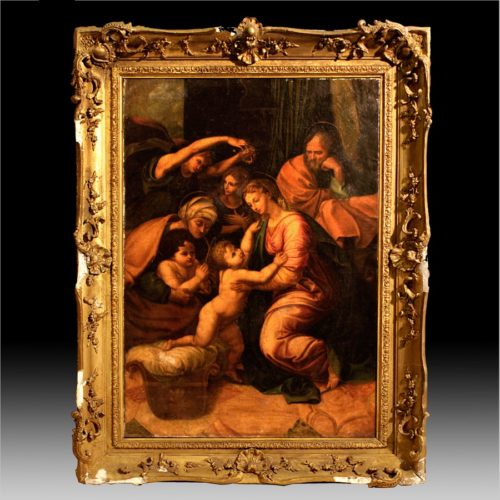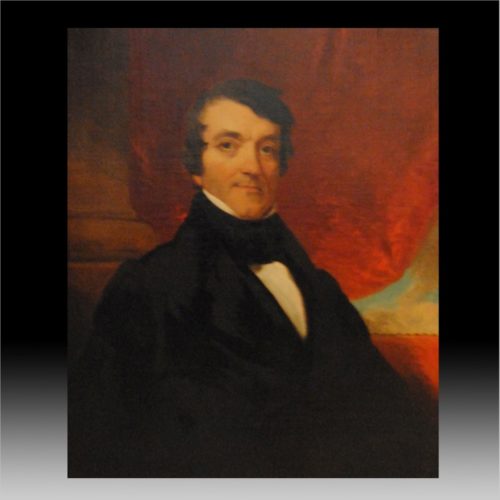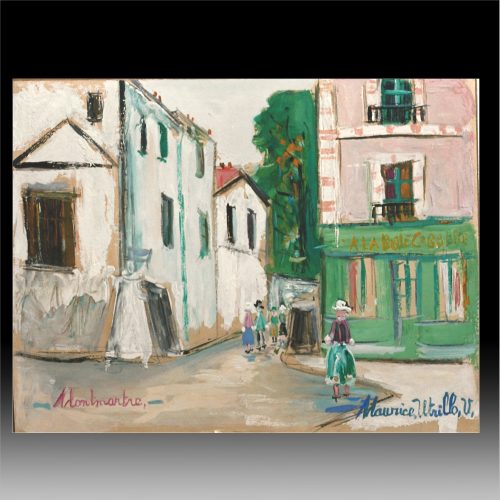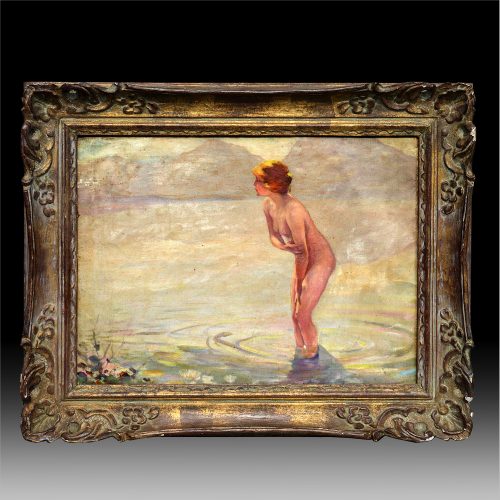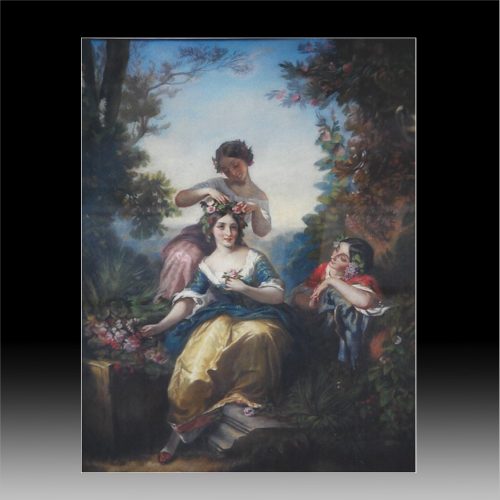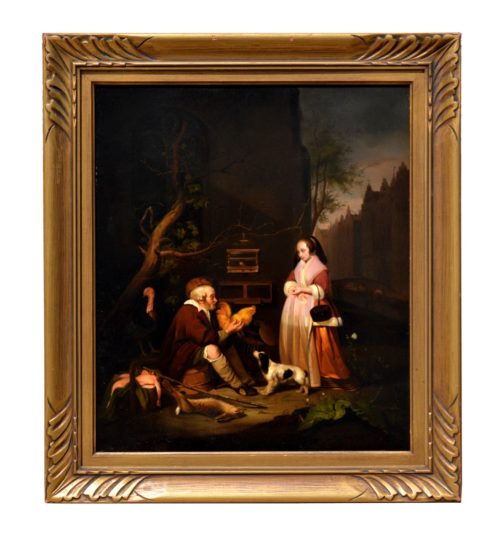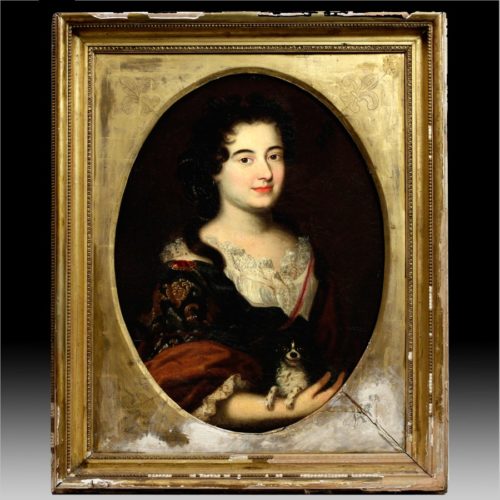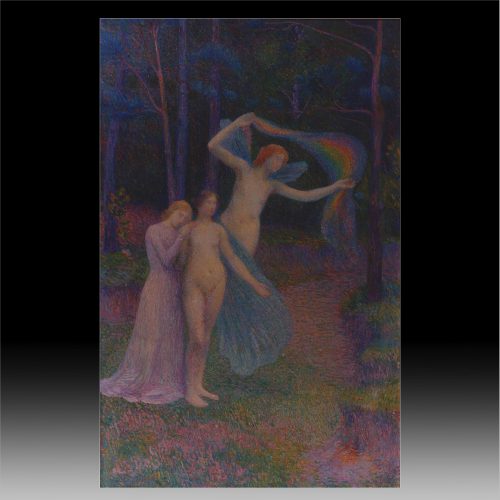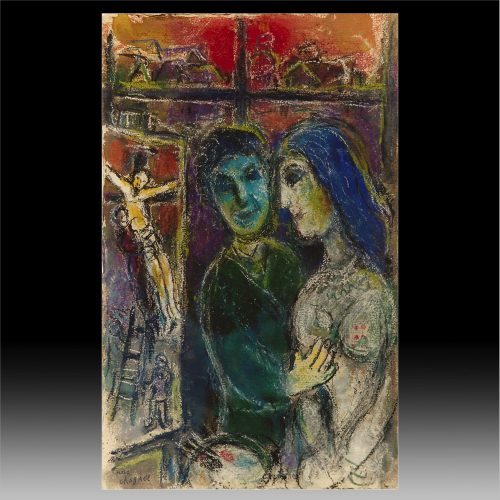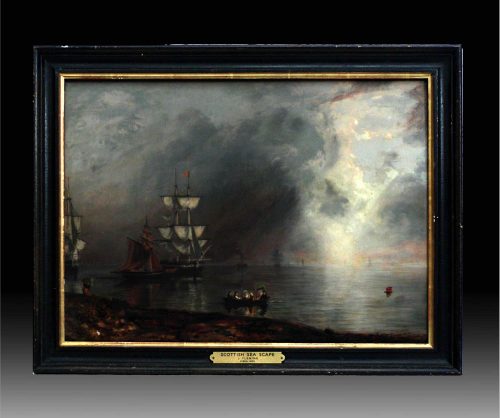-
Jan Josef Horemans ‘A Family singing in an Interior’ bears indistinct signature; oil on canvas 12 ½ x 9 ¼ in. 31.7 x 23.5 cm CL102794-225 327203-2 @AC-NB
-
François Boucher 1703-1770, French “The Triumph of Neptune” François Boucher (French; 29 September 1703 – 30 May 1770) was a French painter, draughtsman and etcher, who worked in the Rococo style. Boucher is known for his idyllic and voluptuous paintings on classical themes, decorative allegories, and pastoral scenes. He was perhaps the most celebrated painter and decorative artist of the 18th century. He also painted several portraits of his patroness, Madame de Pompadour. A native of Paris, Boucher was the son of a lesser known painter Nicolas Boucher, who gave him his first artistic training. At the age of seventeen, a painting by Boucher was admired by the painter François Lemoyne. Lemoyne later appointed Boucher as his apprentice, but after only three months, he went to work for the engraver Jean-François Cars. Boucher died on 30 May 1770 in his native Paris. His name, along with that of his patron Madame de Pompadour, had become synonymous with the French Rococo style, leading the Goncourt brothers to write: "Boucher is one of those men who represent the taste of a century, who express, personify and embody it." OM-300 CL102794-139640801-2
-
Jean Dufy (French, 1888-1964) “Le port” Oil on canvas 18 1/8” x 15” Painted in 1934 Signed lower right COA by L. Quesnel PROVENANCE: Max Bodner, NY Estate of Lena Wershaw, NY
-
Mark Kostabi (American, b. 1960) “Speed The Plow” Oil on canvas 48”x 36” Executed in 1990 Signed and dated lower right on the front.
-
Artist Unknown Portrait of a Man 20" x 16" Oil on board
-
American School George Peter Alexander Healy Portrait 32” x 25” Signed upper left “GPA HEALY” @AC-NB
-
John Edumondo Califano 1862-1946 Landscape Overlooking House and Bridge Oil on wood 8 ½” x 10 5/8” AC3000 @AC-NB
-
Jules Dupre (French, 1811-1889) ”Sailing Ships on Choppy Seas” Oil on Canvas 15”x 18 ” Signed lower left
-
John Ferneley Jr. (British, 1815-1862) In Search of the Hunt Signed and dated ‘John Fernely Jr./ 1849’ lower right. Oil on canvas. 17 x 22 in. (43.2 x 56 cm)
-
Sir Peter Paul Rubens (Flemish, 1577-1640) “Mars and Venus and Philemon and Baucis” Oil on copper 9 x 11 ¾ inches (22.8 x 29.7 cm) CL102794-116 439101-2 @NB-1040 #22
-
Portrait Oil on canvas 25 ½” x 31 ¾” @AC-NB
-
Maurice de Vlaminck ( French, 1876-1958) “L’entrée Du Village” Oil on canvas 23 ½”x 28 ½” Signed lower right COA by G. Petrides
-
William Holyoake (British, 1834-1893) "A Day at the Races" Oil on canvas 24 x 20 inches (61 x 51cm)
-
Diego Velaquez Bacchus – a detail Oil on canvas 16 x 20 ½ in. 40.7 x 52.1 cm CL102794-233 325501-2 @AC-GN
-
David Teniers ‘Topers in a Tavern Interior’ oil on white metal 10 3/8 x 12 ½ in. CL102794-244 318702-2 Price:4,500 @AC-NB
-
André Derain (French, 1880-1954) “Nu assis de dos” Red chalk on paper mounted on board 25” x 18 ½” Signed bottom right COA by M. Kellermann PROVENANCE: D.G. Kelekian, NY Estate of Elizabeth Norcott Exhibited Paris, Le Petit Palais, 1937 Chicago, the art institute, 18th International exhibition of watercolors, pastels, drawings and monotypes, March-May, 1939, no. 119 Minneapolis, Art Institute, 1940
-
Mark Kostabi (American, b. 1960) “Speed The Plow” Oil on canvas 48”x 36” Executed in 1990 Signed, titled and inscribed upper left on the back
-
Artist Unknown, 19th Century Lady in Nature 19¼ x 24 in. Frame with Plate of Artist and Title, but hard to decipher.
-
Francisco Bayeu Y Subias (1734-1795) “An Allegorical Figure of Music, a Study for a Pedentive” Oil on paper laid down on canvas 13 ¼ x 16 ½ inches Francisco Bayeu y Subias (9 March 1734 – 4 August 1795) was a Spanish painter, active in a Neoclassic style, whose main subjects were religious and historical themes. Born in Zaragoza, Aragon, he received a broad childhood education. He then moved to Madrid, winning a scholarship with the painting of the ‘’Tyranny of Gerion’’ to study in the Academia Real de Bellas Artes de San Fernando. The death of his parents and the care of his brothers forced him to return to Zaragoza, until he was recalled by Anton Raphael Mengs to help decorate the Royal Palace of Madrid. He served as court painter to King Charles III of Spain. He was named a professor of the Royal Academy of Fine Arts of San Fernando in 1765 and director in 1788. He painted in the Charterhouse of Aula Dei in Zaragoza. In 1767 he was named court painter for Charles III, king of Spain. He was involved in the decoration of various Royal palaces near Madrid. He helped provide designs for tapestries. He also painted for the College of San Ildefonso, the Royal Monastery of the Incarnation (Madrid), the Basilica of our Lady del Pilar in Zaragoza, and the cloister of the Cathedral of Toledo.
-
Arthur Fitzwilliam Tait 1819-1905 “Tait’s father” 5 ¼” x 7” Pencil on paper Provenance: Alan R. Tait 08/10/77 Worth 1,000 @AC-NB
-
Edwin Howland Blashfield Women Aiding the Less Fortunate 1848-1936 21 ¾” x 17” AC80000 @AC-NB
-
Bernard Buffet (French, 1928-1999) “Maison Dans La Campagne” Oil on canvas 38" x 51" Painted in 1982 COA by M. Garnier
-
Henry George Todd (British, 1846-1898) ‘Still Life of Game,Copper Urn and Cabbage on a Wooden Ledge’ signed and dated ‘H.G. Todd/1875’ lower right oil on canvas 20x 17 in. (50.9 x 43.2 cm)
-
Giovanni Antonio Pellegrini (Italian, 1675-1741) “The Young Bacchus” Oil on panel 11 x 7 ½ inches (27.9 x 19.2 cm) Giovanni Antonio Pellegrini (29 April 1675 – 2 November 1741) was one of the leading Venetian history painters of the early 18th century. His style melded the Renaissance style of Paolo Veronese with the Baroque of Pietro da Cortona and Luca Giordano. He travelled widely on commissions which brought him to England, the Southern Netherlands, the Dutch Republic, Germany, Austria and France. He is considered an important predecessor of Giovanni Battista Tiepolo. One of his pupils was Antonio Visentini. Pellegrini was a pupil of the Milanese painter Paolo Pagani. He travelled with his master to Moravia and Vienna in 1690 and was back in Venice in 1696 where he painted his first surviving works.
-
Raphael (Raphael Sanzio da Urbino)(Italian, 1483-1520) “HeligaFamiljen” Oil on canvas 48.4 x 36.6 inches CL102794-32 351002-2 @AL 7/13
-
American School “Portrait of Gentleman”- Estate of Lincoln Isham Oil on canvas 25” x 30” Provenance: Park Bernet 3/30/72 @AC-NB
-
Maurice Utrillo (French, 1883-1995) “La belle Gabrielle Montmartre” Gouache on paper laid down on card 9” x 12 ¼” Signed and titled COA by P. Petrides Maurice Utrillo 1883-1955 French La belle Gabrielle Montmartre 9 3/8” x 12 3/8” (23.8 x 31.4cm) Paul Petrides kindly confirmed the authenticity of this
-
Attributed to Paul Chabas (French, 1869-1937) September Morning Oil on canvas 15 x 20 in. (38 x 51 cm)
-
Italian School Late 19th Century In the Garden Pastel on canvas 29” x 22” (73.6 x 55.9 cm)
-
Gabriel Metsu ‘The Game Seller’ oil on panel 19 x 16 in. (48.3 x 40.7 cm) CL102794-239 654401-2 @AC-NB
-
Henri Gascars ‘Portrait of a Lady, half length in a blue Dress with a white Chemise and a brown Wrap, holding a Spaniel' Bears inscription on a label on the reverse ‘Mrs. Cunliffe' oil on canvas, in a painted oval 27 x 19 ½ in. 68.6 x 49.5 cm. Henri Gascar (1635 – 1 Jan 1701) (also Gascard, Gascars) was a French-born portrait painter who achieved artistic success in England during the reign of Charles II. He painted many leading ladies at court, including several of the King's mistresses, before returning to Paris. He subsequently relocated to Rome, where he died in 1701. Gascar came to England about 1674, probably at the behest of Louise de Keroualle, Duchess of Portsmouth, Charles II's favourite mistress. Gascar (or Gascard, as he seems to have spelt his name at first) was already known as a skillful portrait-painter; among the portraits already painted by him was that of Nicolas de Lafond, author of the "Gazette of Holland", painted in 1667, and engraved by Peter Lombart. The patronage of the Duchess of Portsmouth ensured Gascar a rapid success in England. His flamboyant style, contrasting with the stolid English approach, seemed to suit the frivolity of the time and he painted many of the ladies of Charles II's court. His lack of attention to detail in the likeness he made up for by the sumptuous draperies and tawdry adornments around the subject. For a short time he became fashionable, and is said to have amassed a fortune of over £10,000.
-
Hippolyte Petitjean (French, 1854-1929) “Femmes dans le foret” Oil on canvas 39 ½” x 25 7/8” Signed and dated bottom left Painted in 1897 PROVENANCE: Estate of D. Gensburg, LA
-
Marc Chagall (French, 1887-1985) “Le peintre et la crucifixion” pastel and gouache on paper 20”x 12.5” Executed in 1968 Signed lower left COA by Comite Chagall
-
J. Fleming, circa 18 ‘Scottish Seascape' Plaque on fra Oil on wo 14¾ x 20 John Fleming (1792-1845) was a Scottish landscape painter who lived and worked in Greenock. He is best known for the series of views he painted for Swan's Lakes of Scotland, published at Glasgow in 1834. Fleming was born in about 1792, and apprenticed to a housepainter at the age of fourteen. He is thought to have had some contact with the portrait painter James Saxon before spending some time in London, where he worked as a housepainter and took the opportunity to the study paintings in galleries there. As a landscapist, Fleming specialized in small paintings of Scottish scenery, which became widely known through a series of collaborations with the Glasgow engraver and publisher Joseph Swan. He first worked with Swan in 1828 on a publication entitled Select Views of Glasgow and its environs, to which the Glasgow artist John Knox also contributed. Fleming and Swan followed this with Select Views on the Clyde (1830) and Select Views of the Lakes of Scotland (1834). The last of these, consisting of a total of 48 plates, issued in 16 parts, proved popular enough to justify the publication of further editions in 1836 and 1839.
